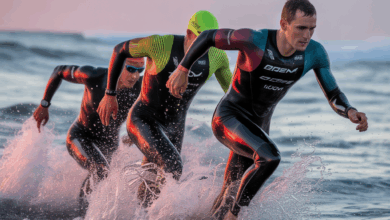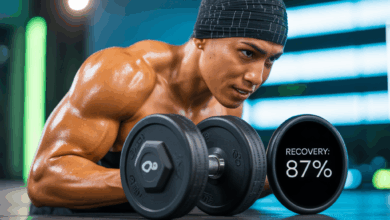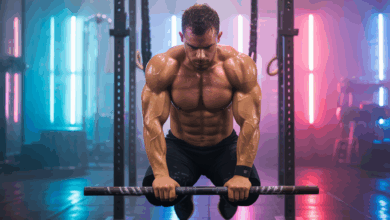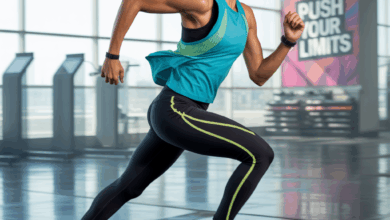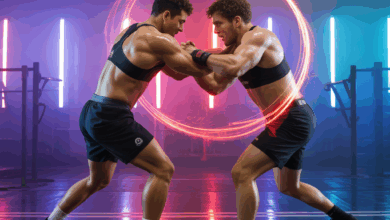Can I Workout with a Yeast Infection? Safe Exercise Tips & When to Rest
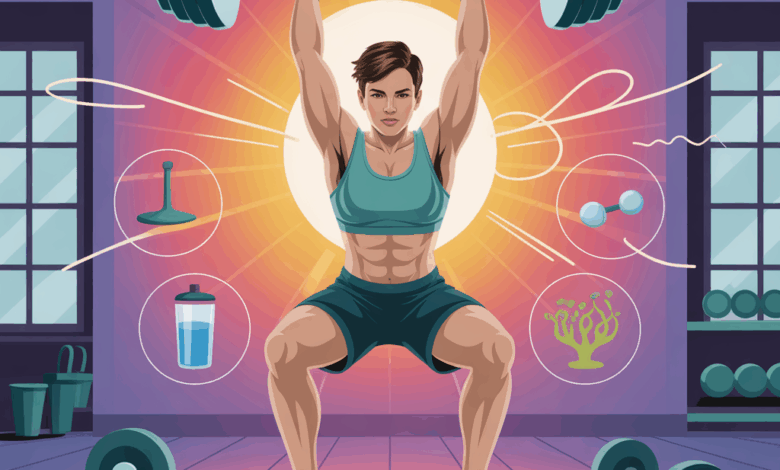
Ever been ready to hit the gym and then felt that familiar itch or discomfort and thought, “Can I still workout with a yeast infection?” You’re not alone — many active people wrestle with whether to push through a sweat session or prioritize rest and healing. Between busy schedules and fitness goals, it’s helpful to know practical, doctor-friendly guidance so you can train smart without making symptoms worse.
Quick overview: what a yeast infection feels like and why it matters for exercise
Vaginal yeast infections (often caused by Candida species) commonly cause itching, burning, unusual discharge, and general discomfort. Because exercise increases body temperature and moisture, certain workouts can temporarily aggravate symptoms. The good news: many forms of activity are fine if you take precautions, but some high-sweat or high-friction workouts might slow recovery.
Can I workout with a yeast infection? Practical rules to follow
Short answer: yes, you can often continue exercising, but choose activities and clothing that reduce moisture, friction, and heat. If you have severe pain, open sores, or a fever, skip workouts and see a healthcare provider.
Do this: low-impact, low-heat workouts
- Walking or light jogging — outdoors in cooler hours or on a treadmill with good airflow.
- Stationary cycling at a gentle to moderate pace — avoids too much pelvic friction if you wear breathable shorts.
- Strength training — focus on upper body and controlled lower-body moves; avoid high-rep sets that cause excessive sweating.
- Gentle yoga or stretching — choose non-heated classes and avoid poses that cause prolonged friction.
Avoid or modify these until symptoms improve
- Hot yoga, Bikram, or extremely sweaty group fitness classes — heat and humidity can exacerbate yeast growth.
- Long, sweaty runs or endurance sessions — prolonged moisture increases irritation risk.
- Excessive friction from tight leggings or non-breathable fabrics — switch to cotton or moisture-wicking underwear and looser bottoms.
Workout gear and hygiene: tiny changes that make a big difference
Real-world example: Sarah, a weekend runner, noticed flare-ups after evening spin classes. She swapped nylon underwear for cotton, changed out of sweaty clothes immediately, and started wearing looser shorts — her symptoms improved in days while she kept running shorter, cooler sessions.
- Wear breathable, moisture-wicking fabrics and cotton underwear when possible.
- Change out of sweaty clothes right after exercising and shower promptly; gently pat dry the area instead of rubbing.
- Use unscented, mild soap — avoid douching and scented feminine products that disrupt the natural balance.
- Carry a clean pair of underwear and change if your clothes get damp during workouts.
Workout variations and sample week when dealing with a yeast infection
Here’s a practical plan you can adapt depending on symptom severity.
- Day 1: Brisk 30-minute walk + upper-body strength (30–40 minutes)
- Day 2: Rest or gentle stretching/yoga (non-heated)
- Day 3: Light stationary bike 20–30 minutes + core work (avoid excessive pelvic pressure)
- Day 4: Short resistance circuit focusing on arms, back, and light squats — keep intensity moderate
- Day 5: Active recovery walk + mobility work
Treatment basics and timeline — what to expect
Over-the-counter antifungal creams or suppositories commonly ease symptoms in a few days; many people notice improvement within 48–72 hours. If symptoms persist beyond a week, recur frequently, or if you have a fever or severe pain, check in with your healthcare provider to rule out other causes or get prescription treatment.
When to pause workouts completely
- If you have intense burning, bleeding, or open sores in the genital area.
- If you develop systemic symptoms like fever or chills.
- If a healthcare provider advises rest until infection is controlled.
Nutrition, lifestyle, and prevention tips
Supporting recovery and preventing recurrences involves more than just exercise choices.
- Keep blood sugar balanced — high sugar intake can encourage yeast overgrowth; consider following nutrition guidance in our nutrition guides.
- Limit unnecessary antibiotics when possible and discuss alternatives with your provider when antibiotics are needed.
- Manage stress and sleep — immune health affects susceptibility to infections. Check out our wellness tips for stress-reduction strategies.
- Maintain a regular hygiene routine that avoids harsh soaps and scented products in the genital area.
Real-world tips from trainers and clinicians
Fitness coaches often suggest short-term modifications rather than full rest. For example, one trainer recommends swapping a sweaty bootcamp for two days of strength training with loose clothing and air conditioning. Many clinicians emphasize timely treatment: start antifungal therapy and adapt workouts rather than stop fitness completely unless symptoms are severe.
Frequently Asked Questions
A: It can, if your workout increases heat, moisture, and friction around the genital area. Choosing low-sweat activities, breathable clothing, and quick post-workout changes minimizes this risk.
A: Many people feel better within 48–72 hours of starting treatment, but waiting until symptoms are clearly improving and you can exercise without significant sweating or irritation is wise. If in doubt, consult your healthcare provider for personalized advice.
A: Swimming can be okay, but sitting in a wet swimsuit for long periods can maintain moisture and delay recovery. Change into dry clothes and shower right after swimming. Avoid chlorinated pools if the area is irritated and painful — irritation may vary by individual.
Conclusion: smart choices let you stay active while you heal
So, can I workout with a yeast infection? In most cases, yes — with sensible modifications. Prioritize low-heat, low-friction activities, wear breathable clothing, change quickly after workouts, and start treatment promptly. If symptoms are severe or persist, consult a healthcare professional. Keep your fitness goals on track safely by adapting workouts rather than forcing full rest unless necessary.
Ready to adapt your routine? Check out our workout routines for low-impact alternatives and the nutrition guides to support immune health. If this article helped, try one of the suggested sessions this week and share your experience in the comments — your next workout could be both safe and effective.

